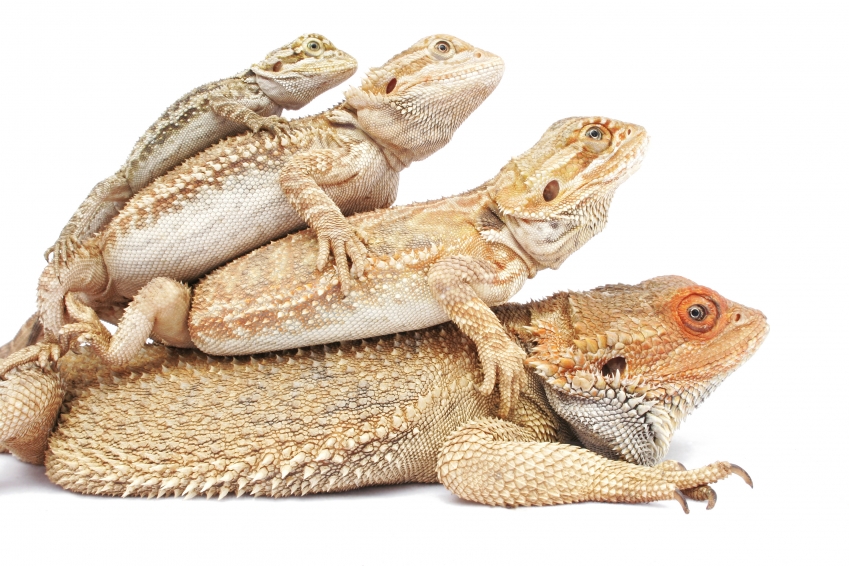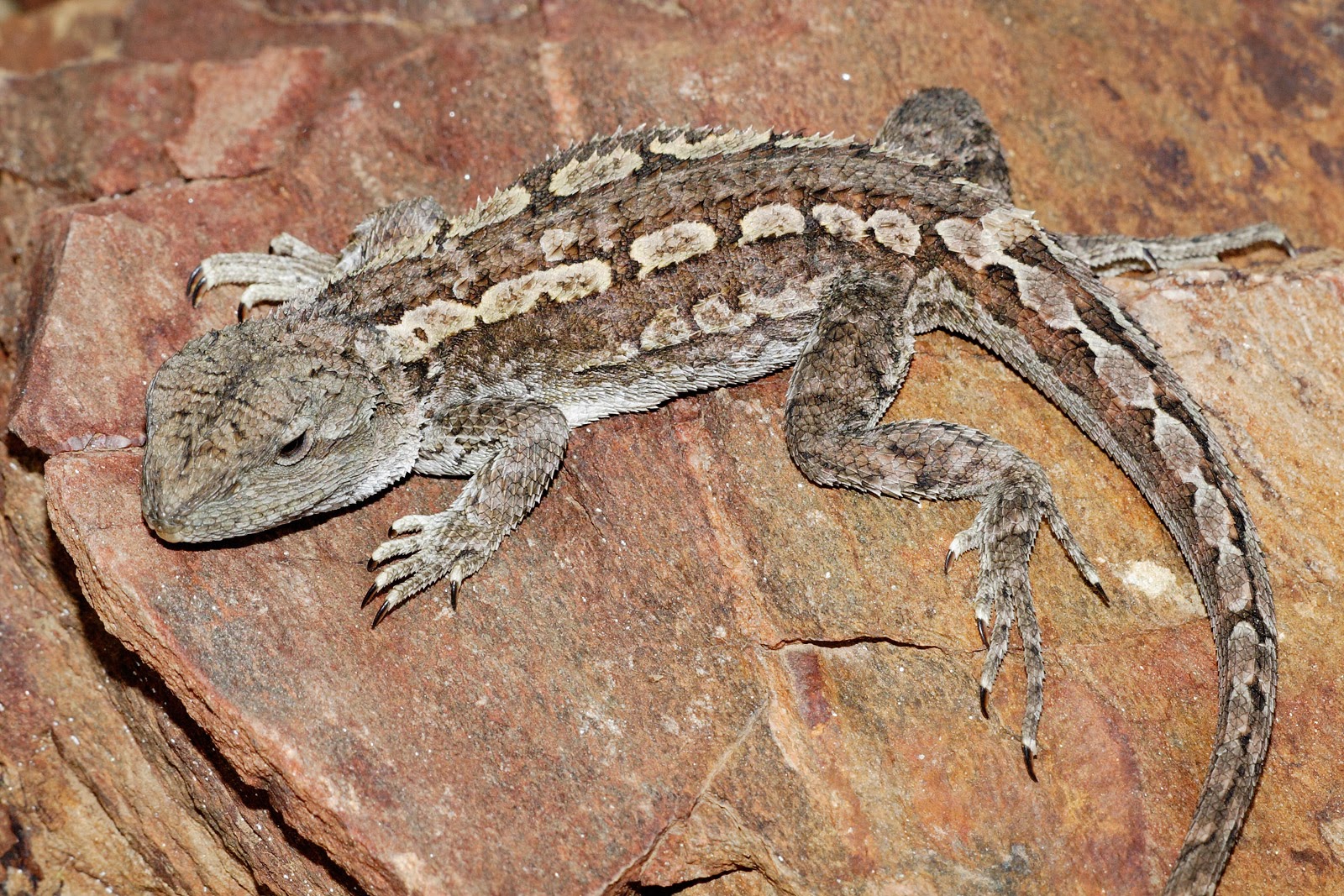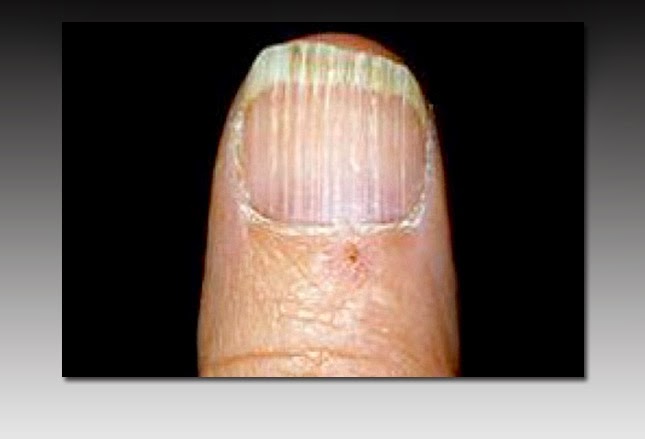10 Common Bearded Dragon Illnesses and Symptoms Every Beginner Should Know
10 Common Bearded Dragon Illnesses and Symptoms Every Beginner Should Know
Bearded dragons are one of the most popular pet lizards in the world. They are hardy, easy to care for, and have unique personalities that have endeared them to millions of pet lovers. However, like any other living creature, bearded dragons are susceptible to illnesses and diseases. In this article, we will discuss 10 common bearded dragon illnesses and symptoms that every beginner should know.
1. Impaction

Impaction is one of the most common ailments that affect bearded dragons, and it occurs when undigested food or substrate gets stuck in their digestive tract. If left untreated, impaction can cause life-threatening blockages or ruptures of the digestive system. Symptoms of impaction include lack of appetite, lethargy, bloating, and constipation.
2. Metabolic Bone Disease

Metabolic bone disease (MBD) is a debilitating disease that affects bearded dragons and other reptiles. It is caused by a deficiency of calcium, vitamin D3, or a lack of UVB lighting, which results in weakened bones and muscle problems. Symptoms of MBD include tremors, convulsions, general weakness or lethargy, and deformities of the spine or jaw.
3. Respiratory Infections
Respiratory infections are a common problem in bearded dragons, especially if they are kept in a damp and dusty environment. Symptoms of respiratory infections include labored breathing, wheezing, coughing, nasal discharge, and lethargy.
4. Parasites

Parasites are another common problem in bearded dragons, and they can affect the digestive system, skin, and eyes. Symptoms of parasitic infestations include diarrhea, lethargy, weight loss, and skin problems like lesions or discolorations.
5. Egg Binding

Female bearded dragons are susceptible to egg binding, which is a condition that occurs when their eggs get stuck in their reproductive tract. Symptoms of egg binding include lethargy, loss of appetite, and swelling of the abdominal area.
6. Dehydration

Dehydration is a common problem in bearded dragons, and it can occur when they do not have access to enough water or the right hydration supplements. Symptoms of dehydration include sunken eyes, wrinkled skin, and lethargy.
7. Mouth Rot

Mouth rot, also known as infectious stomatitis, is a bacterial infection that affects the mouth and gums of bearded dragons. Symptoms of mouth rot include swollen gums, mouth ulcers, loss of appetite, and lethargy.
8. Tail Rot
Tail rot, also known as necrotic tail, is a condition that occurs when the tail of a bearded dragon becomes infected or injured, and the tissue starts to die. Symptoms of tail rot include dark discoloration, swelling, and a foul odor.
9. Bladder Stones

Bladder stones are a common problem in bearded dragons that are fed a diet that is high in calcium or phosphorus. Symptoms of bladder stones include lethargy, loss of appetite, and difficulty urinating.
10. Vitamin A Deficiency

Vitamin A deficiency is a common problem in bearded dragons that are fed a diet that is low in vitamin A or poorly balanced. Symptoms of vitamin A deficiency include swollen eyelids, runny nose, and skin or eye infections.
Conclusion
In conclusion, bearded dragons are amazing pets, but it’s important to be aware of the common illnesses and symptoms that affect them. By keeping a keen eye on your pet’s health and well-being, you can quickly identify any issues and get your pet the treatment they need to recover. If you notice any of the symptoms mentioned above, consult a vet immediately.
